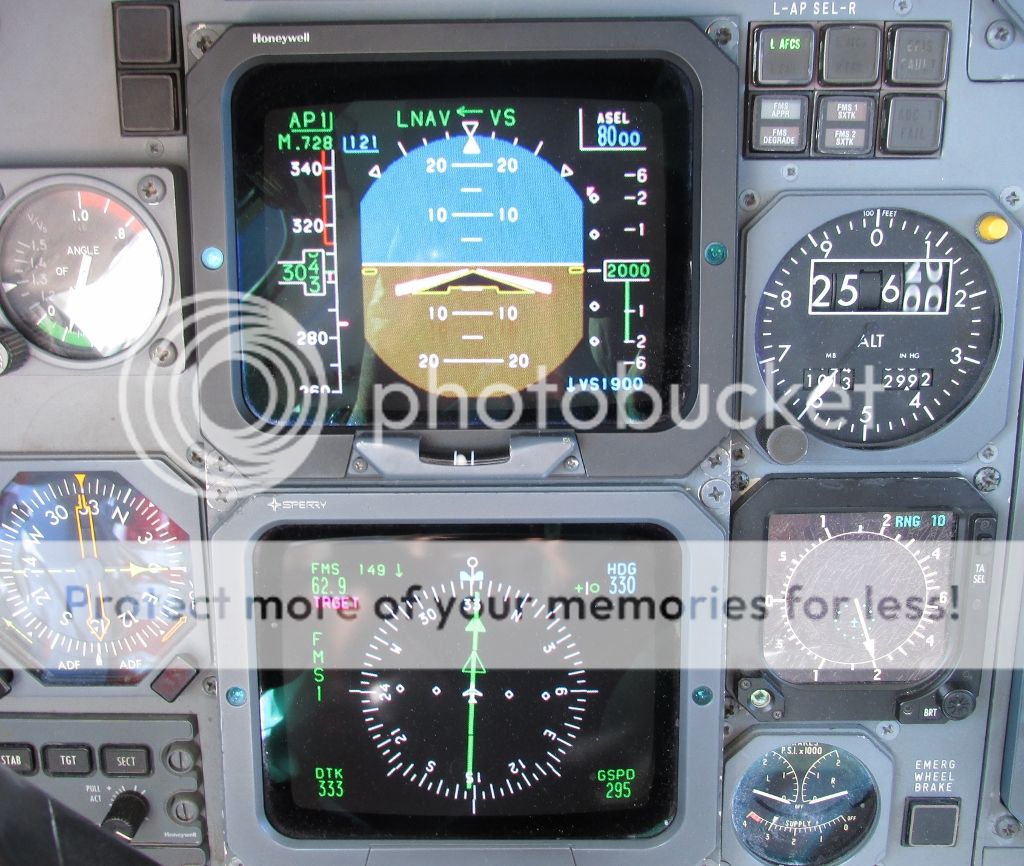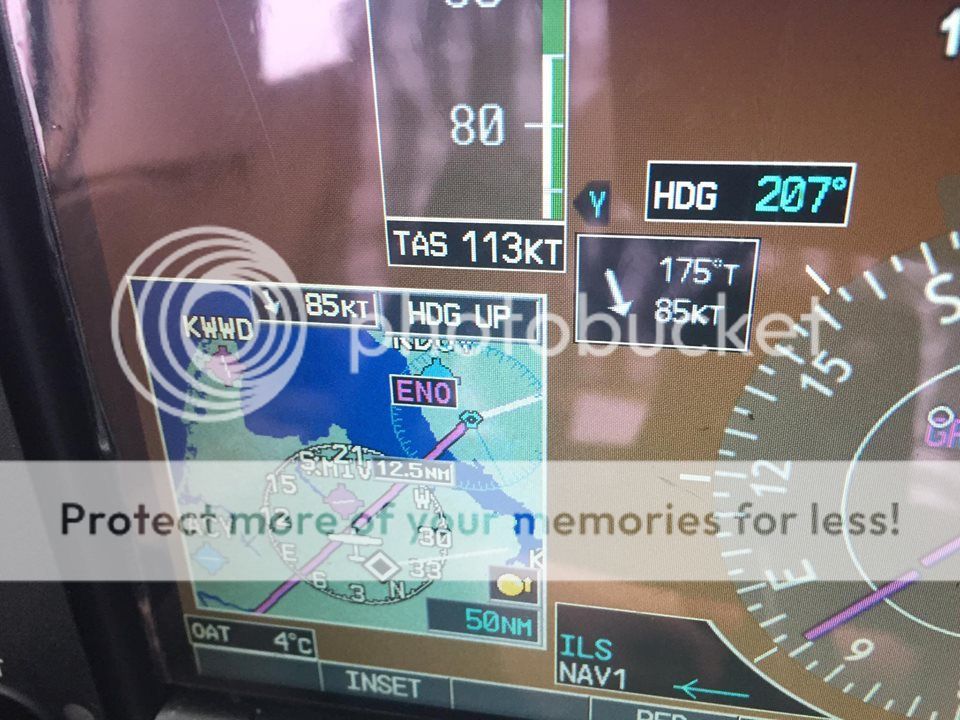CC268
Final Approach
- Joined
- Nov 4, 2015
- Messages
- 5,532
- Display Name
Display name:
CC268
I have had to cancel or re route my flights elsewhere due to how windy it has been here in AZ. Obviously if the wind is straight down the runway it may not be too much of a concern, but if it is mostly cross wind it can be an issue (for a newb like me). Recently I was supposed to go to Wickenburg and the winds were something like 160 @ 15G21 (Runways are 5 and 23) which is basically all crosswind (and more than the demonstrated crosswind in the POH). I had a cross country about a week ago down to Ryan (by Tucson) and it was a 40 degree crosswind almost identical to the Wickenburg winds (15G21). I actually made the approach (I knew I wasn't going to land, but I knew it would be a good time to practice compartmentalizing crosswinds - rudder to stay straight, aileron to stay over the centerline). I actually did really well and I probably could have landed just fine, but I played it safe.
Anyways...just curious as to when you guys call it quits in terms of the winds. To some extent I want to safely push myself so that I do become comfortable with crosswinds, otherwise I will be cancelling a lot of flights or having to divert elsewhere.
Anyways...just curious as to when you guys call it quits in terms of the winds. To some extent I want to safely push myself so that I do become comfortable with crosswinds, otherwise I will be cancelling a lot of flights or having to divert elsewhere.


